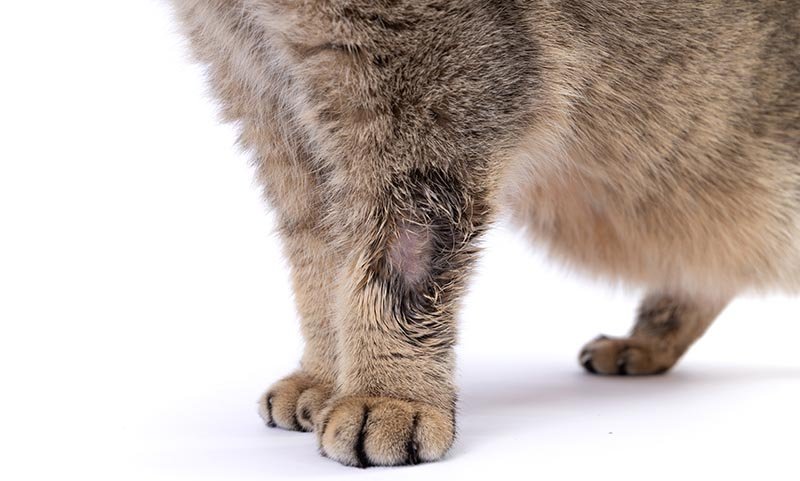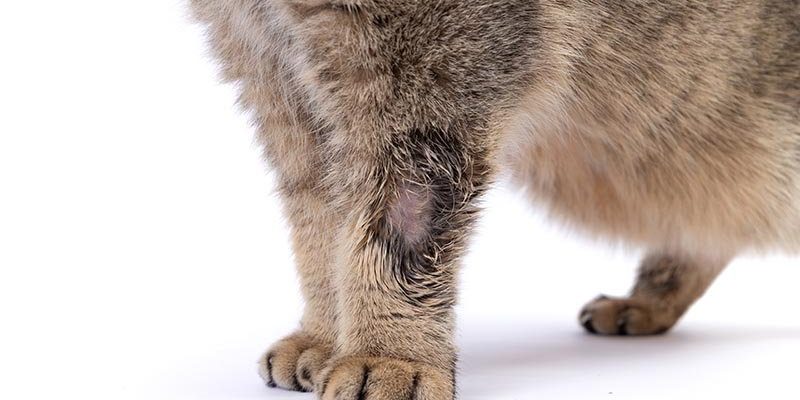
Think of wolf worms like unwelcome guests at a party—they might seem harmless at first, but before you know it, they’re ruining the good time for everyone. These parasites are actually larvae of a botfly, and they can infest various farm animals, including sheep and cattle. Understanding the signs of wolf worm presence is crucial for maintaining the health of your flock or herd. Let’s dive into the telltale signs you should be on the lookout for.
What Are Wolf Worms?
Before we get into the signs of wolf worm presence, it’s helpful to know a little more about what they are. Wolf worms, or botfly larvae, develop in the bodies of their hosts, often causing discomfort or even serious health issues. They usually enter through the skin or are ingested and then burrow into the tissues of the animal. This can make your farm animals quite sick if not addressed promptly.
These larvae are typically found in warmer months when flies are more active, making it even more important to monitor your animals during this time. It can be alarming to see these parasites on your farm, but understanding them is the first step to keeping your animals healthy.
Common Signs of Wolf Worm Infestation
So, how do you know if your animals have wolf worms? There are several signs to look out for that can indicate an infestation. It’s essential to keep a close eye on your animals and note any unusual behavior or physical changes.
- Behavioral Changes: If your animals seem unusually irritable or are spending excessive time scratching or gnawing at their skin, it could point to a wolf worm issue.
- Skin Lesions: Look for swelling or open sores, particularly around the areas where the larvae are burrowing into the skin. These lesions can look like small, raised bumps that may ooze or bleed.
- Difficulty Breathing: In more severe cases, if the larvae have migrated to sensitive areas, you might notice your animal breathing heavily or making strange noises. This is serious and should prompt an immediate check-up.
If you see any of these signs, don’t just brush them off. Each animal is different, so watching for their normal behavior can help you catch any changes early on.
How Do We Identify Wolf Worms?
Identifying wolf worms can feel a bit daunting, but with some attention to detail, it’s manageable. Start by checking the skin of your animals, especially in warm weather when these pests are more common.
To do this effectively, carefully run your hands over your animals’ bodies. Look for any lumps or unusual bumps. If you find a bump that feels squishy, there might be a larvae inside. You can also observe the animals closely; if you see them excessively grooming or scratching a specific area, that’s a red flag.
Another method is to observe their behavior. If you notice them eating less or acting lethargic, it could be a sign that they’re in distress due to an infestation. Keep your animal’s routine in mind—any deviations could signal a problem.
Why Early Detection Matters
You might be wondering why it’s so crucial to spot wolf worms early. Well, the sooner you catch an infestation, the easier it is to treat and prevent further complications. As the larvae grow inside the animal, they can cause significant damage to tissues and even lead to infections.
Besides health risks, an infestation can impact your farm’s productivity. Sick animals produce less milk and gain weight slowly, affecting your bottom line. So, taking the time to examine your animals and recognize the signs of wolf worm presence can save you from bigger issues down the road.
Preventing Wolf Worm Infestations
You can take proactive steps to prevent wolf worm infestations on your farm. Here are some practical measures:
- Regular Check-Ups: Schedule regular veterinary check-ups for your animals to ensure they’re healthy and parasite-free.
- Clean Environment: Keep your farm clean. Removing waste and creating a less hospitable environment for flies can reduce the chances of infestations.
- Fly Control: Implement fly control measures, such as fly traps or insect repellents, to minimize the risk of botflies laying eggs near your animals.
Taking these precautions can help keep those pesky wolf worms at bay and ensure a healthy environment for your livestock.
Treatment Options for Infestation
If you suspect that your animals have wolf worms, prompt treatment is essential. Consult with a veterinarian who can recommend the best course of action based on the severity of the infestation. Treatment may include:
- Antiparasitic Medications: These can help eliminate the larvae and prevent further damage to the animal.
- Wound Care: If your animal has developed sores, keeping the affected area clean and monitored is crucial for healing.
- Follow-Up Care: After treatment, continue to observe your animals for any lingering signs of distress.
The earlier you seek help, the better the chances your animals will recover without significant issues.
Keeping an eye out for signs of wolf worm presence in your farm animals is vital for their health and happiness. Understanding what to look for and taking preventive measures can ensure your livestock thrive. Remember, it’s all about being proactive—regular check-ups, a clean environment, and swift action when you notice anything out of the ordinary can go a long way.
Wolf worms may seem scary, but with some knowledge and vigilance, you can protect your animals from these pesky parasites. After all, a healthy farm is a happy farm!

